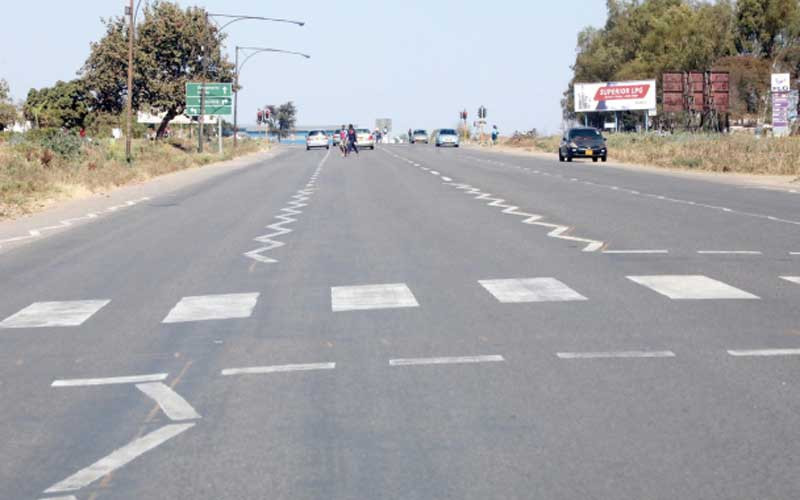
FOLLOWING on the article titled REITs as an alternative financing option, Piggy further looks at how infrastructure investment has a positive impact on economic growth and development in a developing country like Zimbabwe.
Infrastructure generally consists of capital-intensive natural monopolies, physical or organisational structures, which are needed for the operation of a society and functioning of an economy. Therefore, an efficient infrastructure plays an important role for productivity which in turn drives economic growth and development.
Piggy notes that several economic theories explain the impact of the investment in infrastructure on economic growth and development.
In economics and econometrics, the Cobb–Douglas production function is a particular functional form of the production function, widely used to represent the technological relationship between the amounts of two or more inputs (particularly physical capital and labour) and the amount of output that can be produced by those inputs.
The capital input element (K) represents the investment in infrastructure, and this implies that it has an impact on overall productivity and hence economic growth (GDP).
Jan et al (2012) uses the Cobb-Douglas production function augmented with index of physical infrastructure to study the relationship between GDP and physical infrastructure.
The model finds a long-run relation between the two variables. It uses transportation, energy and telecommunication infrastructure and constructs an index of physical infrastructure using principle component analysis.
The Harrod–Domar Model, which is a Keynesian model of economic growth, also gives an interesting perspective. While the model was initially created to help analyse the business cycle, it was later adapted to explain economic growth.
- Another top executive leaves Standard Chartered
- Stanchart leaves Zim after 130 years
- Construct fireguards around your property
- Construct fireguards around your property
Keep Reading
Its implications were that growth depends on the quantity of labour and capital; more investment leads to capital accumulation, which generates economic growth.
The model carries implications for less economically developed countries, where labour is in plentiful supply in these countries, but physical capital is not, slowing down economic progress.
Least developed countries (LDCs) do not have sufficiently high incomes to enable sufficient rates of saving; therefore, accumulation of physical-capital stock through investment is low.
The model implies that economic growth depends on policies to increase investment, by increasing saving, and using that investment more efficiently through technological advances.
Finally, the Solow Growth Model, which is the foundation of the latest theories on economic growth, refers to an exogenous neoclassical model of economic growth representing enhanced capital accumulation, technological progress, and increased labour used to achieve short-term equilibrium.
It shows that the economies of every nation will reach a steady state or converge at the same level of savings, labour, depreciation, and production growth.
Overall, all three economic theories demonstrate that the investment in infrastructure has a positive direct impact on economic growth.
There is also empirical evidence that supports this statement. Herranz-Loncán (2007) analysed the impact of infrastructure investment on Spanish economic growth between 1850 and 1935.
Using new infrastructure data and VAR techniques, he shows that the growth impact of local scope infrastructure investment was positive.
Kularatne (2006) analysed the impact of social and economic infrastructure on economic growth in South Asia, adapting Barro (1990) theoretical model.
The result showed that there is significant and positive impact of infrastructure investment on gross domestic programme (GDP) either directly or indirectly depending on the type of infrastructure.
Overall, economic theory and empirical research suggest that investment in economic infrastructure spurs economic growth.
It is also expected to generate employment directly through the actual construction, operation, and maintenance requirements but also through indirect multiplier effects across the economy.
Based on these findings, Piggy further re-iterates that REITs are an important instrument that the Government of Zimbabwe should support through tax incentives and an enabling investing environment.
Clearly, economic infrastructure investment drives economic growth while the latter feeds back into enhanced investment in the former. For investors, REITs stand out as superior property investment vehicles as they enable investors to hold highly illiquid real estate assets while simultaneously enjoying the marketability and liquidity advantages of traditional stock market assets.
Learn more about investing and trading by joining a PiggyBankAdvisor WhatsApp Group (+263 78 358 4745).
Matsika is the head of research at Morgan&Co, and founder of piggybankadvisor.com. — [email protected]/ [email protected] or +263 783 584 745.










